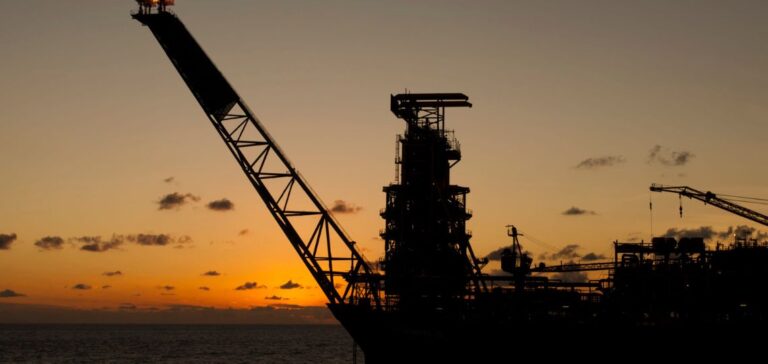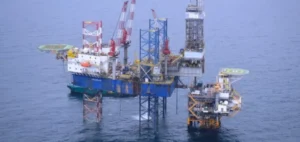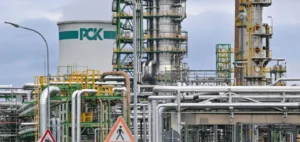The latest release from theU.S. Energy Information Agency (EIA ) shows an increase of 2.7 million barrels in oil inventories, surpassing forecasts of 1.65 million. This increase marks the fourth consecutive gain, totalling almost 15 million barrels. Statistical adjustments largely account for this increase, rectifying previously inaccurate data.
Market dynamics and reactions
Despite this adjustment, the market reaction was moderate. The price of a barrel of West Texas Intermediate (WTI) fell slightly after the announcement. The increase in inventories was offset by a significant rise in exports, which jumped 74% on the previous week, while imports remained stable.
Impact on refineries and production
US refinery activity remained stable, with a utilization rate of 88.1%. Crude oil production also held steady at 13.1 million barrels per day. These factors testify to the consistent management of oil resources, despite fluctuations in inventories.
Impact on refined products
Refined products showed mixed trends: kerosene was down, while distillates, including diesel, were up. Gasoline inventories fell by 1.2 million barrels, slightly more than analysts expected, which could indicate a change in demand or production adjustments.
The trend in US oil inventories this week reflects increased complexity in energy management and market forecasts, influenced by statistical adjustments and variations in demand for refined products.






















